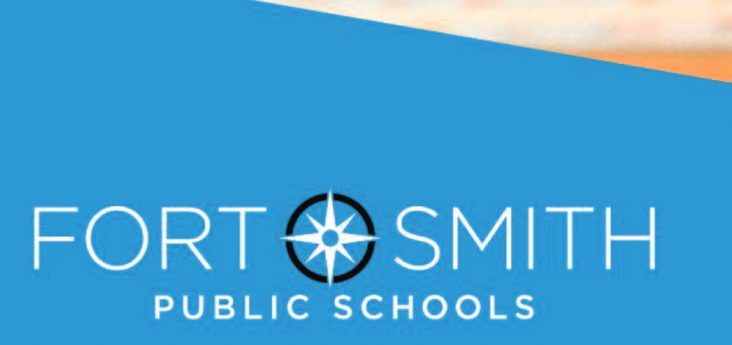Fort Smith School Board makes changes to student calendar, approves development plan
by January 23, 2024 9:29 am 1,548 views

The Fort Smith Public Schools Board of Education on Monday (Jan. 22) approved an alternative calendar for the 2024-25 school year that is based on instructional minutes rather than the traditional 178-day student calendar.
Arkansas law requires 1,068 hours to constitute an academic year for public schools. The calendar approved includes 1,089 hours in order to build in time for 3 inclement weather days. That means that even if school is canceled for up to three days because of snow, ice or other weather conditions, no make-up days would be needed.
In the event that additional time is necessary to be made up because the district needs four or more inclement weather days, May 27 and 28, can be used or time can be added to the remaining instructional days at the discretion of the superintendent, according to the calendar approved.
The approved calendar sets the first day of school as Aug. 19 and the last day of school as May 23, even if there are three inclement weather days used by the district. If the district had kept a traditional calendar, school would have started on Aug. 19, but ended on June 4. If three inclement weather days were needed, the school year would continue until June 9, a presentation made to the school board showed.
In the alternative calendar, the school day will be slightly different than in years past. The day for elementary students will continue to be 8 a.m. to 3 p.m. At the middle school and high school level, the school day will be 8:05 a.m. to 3:30 p.m., rather than the 8:05 a.m. to 3:15 p.m. time now used. Teachers will be expected to be 8 a.m. to 3:30 p.m., unchanged from existing rules, said Dr. Chris Davis, assistant superintendent of human resources and campus support.
“At the elementary level, the only time of the day that is not considered educational time is the 30 minutes of lunch,” Davis said. “At the middle school and high school level, the passing time between periods does not count as educational time, which is why their school day needs to be increased.”
That extra 15 minutes will be added as a few minutes to each class period. Davis noted that when the middle school went from seven to eight periods, a couple of minutes were taken from each period. This lengthened school day will put those minutes back.
The calendar was presented and approved earlier this year than in the past in order to give teachers, administrators, parents and students more time to plan for the longer school day for middle and high school students next year, Davis said.
The school board also approved measures that can allow this year’s inclement weather days, which as of Monday were at four, to be made up during scheduled professional days. If allowed by the state, day one and day two of the make up days will be made up with built-in time that exceeds 1068 hours through the district’s current calendar. The other two days will be made up on March 15 and April 22. June 3 will then become a professional development day and June 4 will be a professional development/flex day.
DEVELOPMENT PLAN
The school board also approved a required six-year master development plan for the district. The plan will be presented to the state Feb. 1.
The master plan for the state shows that the district’s ongoing projects for 2023-24 include $250,000 for the Peak Innovation Center’s underground roof drain, approved to fix problems with flooding at Peak; $800,000 for the art space at Peak; and three projects – roof and HVAC improvements at Kimmons Middle School for $3.125 million; a new roof at Southside High School for $2.8 million; and a roof for Chaffin Middle School for $1.7 million.
The insurance projects are ones the district has received insurance monies that will fund them, said Joseph Velasquez, construction project manager for FSPS.
For the 2024 year, the district is proposing an elevator at Northside High School for $90,000; replacing the elevator/stage lift at Fairview Elementary School for $40,000; a district-wide change that will transfer the building automation system to a virtual system in lieu of the local system now used, which will protect from any loss of information, at $90,000; demolition for district properties at $300,000; and a fat, oil and grease project (replacing grease interceptors, some drains and some flooring) at Fairview Elementary School for $70,000, Velasquez said.
There is also approximately $3.066 million in insurance-funded roof replacements.
The total estimated cost of work for the master plan for 2024 to 2030 is $21.372 million. Of that $1.74 million is self-funded by the district and $19.632 million is insurance-funded work.
